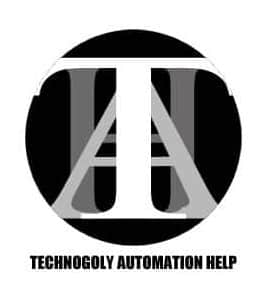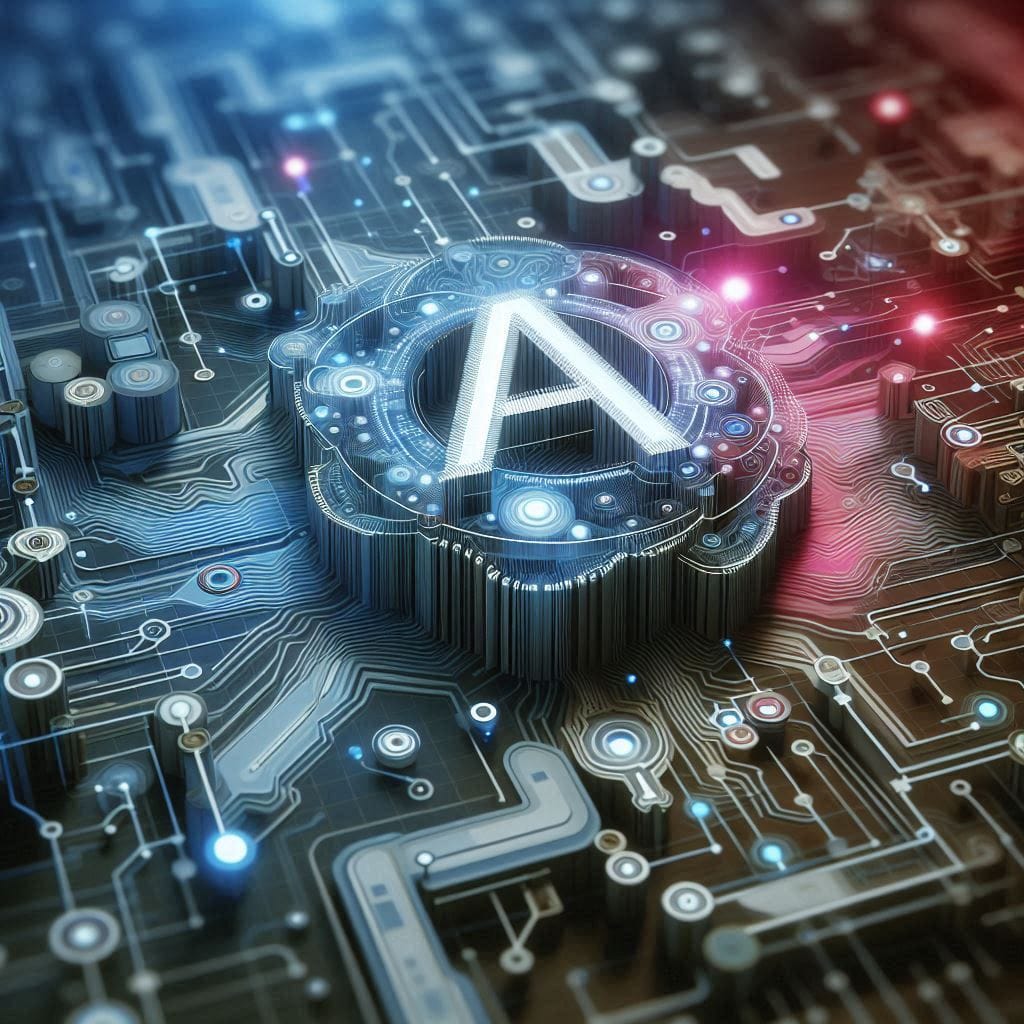The Impact…
The integration of Artificial Intelligence (AI) and digital technologies is revolutionizing the welding industry, leading to significant changes in the job landscape for welding engineers. While these advancements bring numerous benefits, they also pose challenges related to job obsolescence.
Enhanced Efficiency and Quality
AI and digital technologies are significantly enhancing the efficiency and quality of welding processes. AI-powered systems can optimize welding parameters in real-time, ensuring consistent and high-quality welds. These systems utilize machine learning algorithms to analyze data and detect defects early, reducing the need for rework and improving overall productivity. For instance, companies like TRUMPF are leveraging AI to minimize external interferences and enhance the quality of laser welding applications.
Automation and Safety Improvements
Robotic welding systems, guided by AI, are increasingly performing repetitive and hazardous tasks, thereby improving workplace safety and reducing human exposure to dangerous environments. Predictive maintenance, another AI application, helps anticipate equipment failures, reducing downtime and maintenance costs. This shift allows human welders to focus on more complex and creative aspects of welding projects.
Job Market Transformation
The adoption of AI and digital technologies is transforming the job market for welding engineers. While there may be a reduction in demand for traditional welding roles, new opportunities are emerging. The industry now requires professionals skilled in programming, maintaining, and overseeing AI-driven systems. Welding engineers can transition into roles that involve the integration and management of these advanced technologies, ensuring their effective and efficient operation.
Challenges and Adaptation
The integration of AI and digital technologies presents challenges, including the need for significant investment in new technologies and the training of personnel. Engineers must adapt by acquiring new skills related to AI, robotics, and digital tools. Continuous education and training programs are essential to help the workforce transition smoothly into these new roles.
TAH at the Forefront
TAH is leading AI and digital adoption in welding engineering, setting new standards for efficiency, quality, and safety. Their innovative solutions ensure they remain at the forefront of industry advancements.
Conclusion
TAH’s AI #TechautohelpAI and digital adoption are reshaping the welding industry, offering numerous benefits such as improved efficiency, quality, and safety. While these advancements may lead to the obsolescence of some traditional welding jobs, they also create new career paths that require advanced technical skills. The key to navigating this transition lies in embracing continuous learning and adapting to the evolving technological landscape.
Call to Action
Contact TAH and stay ahead in this rapidly evolving field. Welding professionals and industry stakeholders must proactively invest in education and training. Embrace the opportunities presented by AI and digital technologies and be a part of the transformation that is shaping the future of welding engineering. Together, we can ensure a resilient and innovative industry.
Follow Us!
Instagram 📸
Facebook 👍

